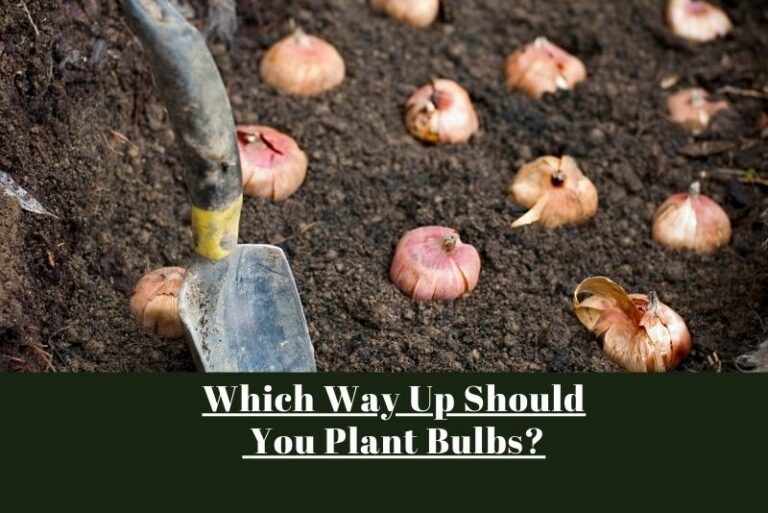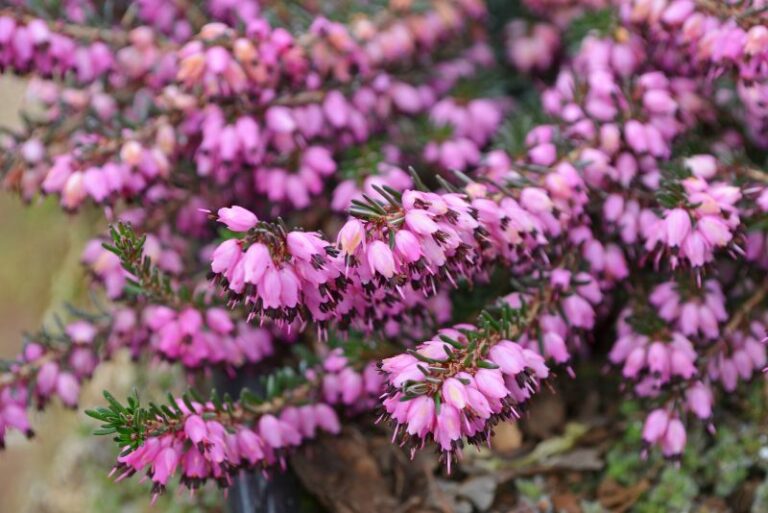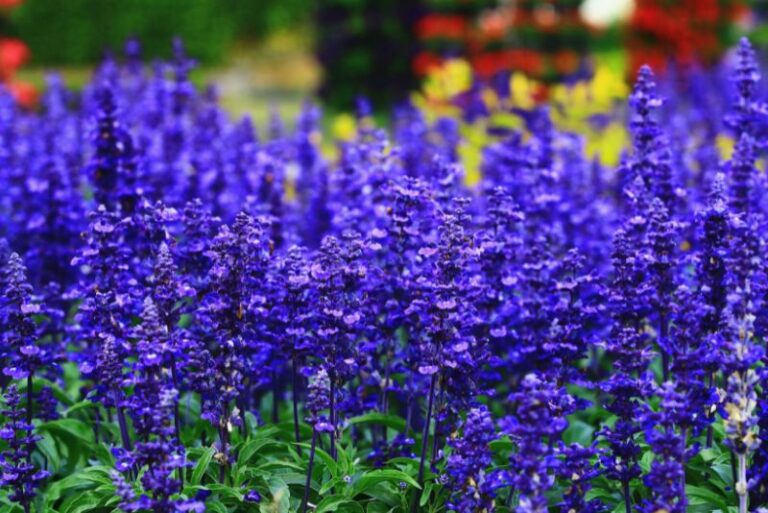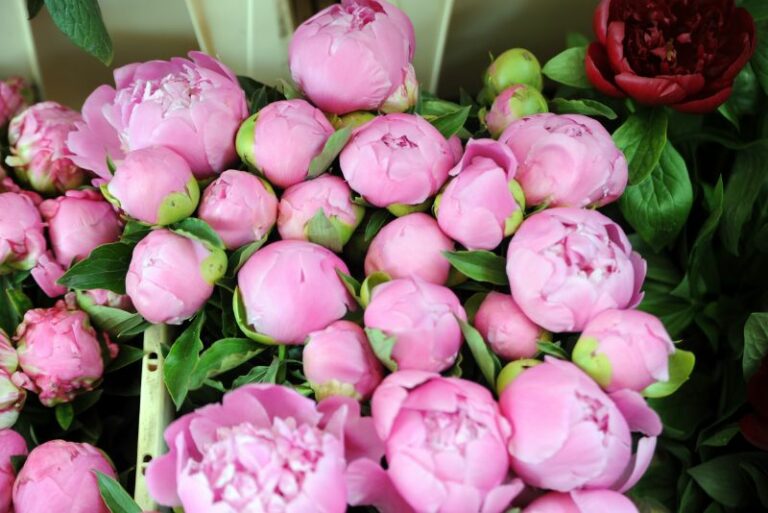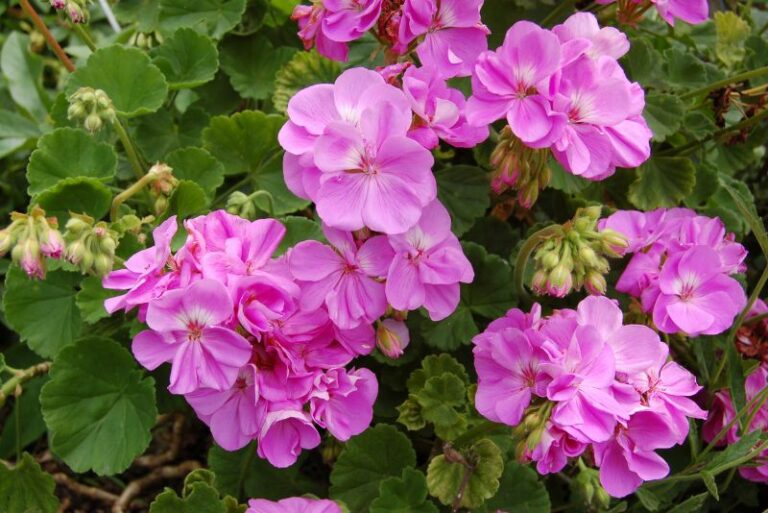Camellia Buds Covered With Ants: A Fascinating Natural Phenomenon
When you walk out into your garden and spot camellia buds seemingly infested with ants, your first instinct might be to rush for insecticide or lament the apparent pest problem. However, the reality is far more complex and filled with intrigue. This post will explore the captivating relationship between camellia buds and ants, dispelling myths and revealing the profound nature of this phenomenon.
Understanding the Relationship
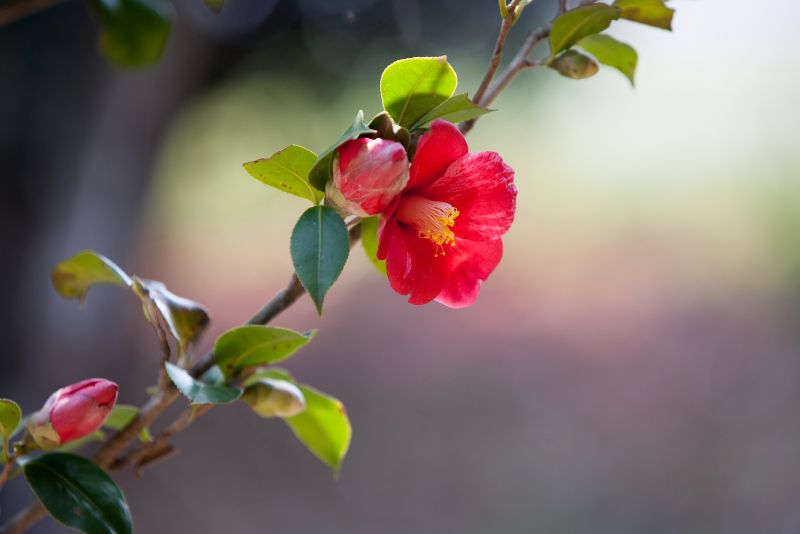
Why Are Ants Attracted to Camellias?
The sugary secretions found on the surface of camellia buds, often referred to as nectar, are a beacon for ants seeking a high-energy meal. This sweet treat is anything but a one-sided transaction; camellias benefit from the ants’ visit just as much as the ants do. The buds’ nectar acts as a magnet, drawing in ant species that help to protect the plant from herbivores by their mere presence or who actively ward off pests.
The Dual Nature of the Interaction
While the presence of these tiny foragers can be beneficial for camellia plants, it can also have its drawbacks. Occasionally, ants can become an overzealous force upon the plant, particularly during droughts when they may intensify their search for water. In these instances, they might open the flower buds early in search of moisture, negatively impacting the plant’s reproductive success.
Impact on Camellia Plants
Nurturing or Nuisance: The Story of Ants and Buds
It’s a tale as old as time in the ecosystem of a camellia plant. Ants, skilled at navigating the plant, may inadvertently aid in the pollination process or direct their brethren to protect the nectar shortly before the flowers bloom. However, if the ants’ numbers skyrocket, the results can be disruptive, affecting camellia growth and spread.
Adaptations to Ant Interactions
Camellias, like many flora species, are not passive in this interaction. They’ve evolved defenses and signals to manage their ant guests. Some camellias might produce more nectar, effectively sating the ants to control their numbers, while others may enhance the chemistry of their nectar to be less appealing or even toxic to ants when consumed in excess.
Ecological Significance
The True Role of Ants in Gardening and Ecosystems
Ants are champions of the garden ecosystem. They are notorious for aerating the soil, fighting off garden pests, and participating in seed dispersal. Their role in gardening and natural ecosystems is one of profound impact, influencing plant health and population dynamics in ways that we are only beginning to understand.
Mutualistic Relationships At Their Finest
The interaction between camellia buds and ants is a prime example of mutualism, a close association that benefits both parties. This rapport not only helps to maintain the delicate balance of the camellia’s micro-ecosystem but also serves as an inspiring reminder of the collaborative wonders of nature.
Engagement with Nature
Observational Tips for Garden Enthusiasts
To fully appreciate the camellia-ant dynamic, garden enthusiasts should develop the art of observation. Spending time in your garden, taking notes, and possibly keeping a garden journal can reveal patterns and insights that might otherwise go unnoticed.
Appreciating the Beauty of Nature’s Intricate Connections
Every garden is a microcosm of intricate relationships. As you observe the dance between camellia buds and ants, pause to appreciate the beauty of nature’s synergy, where each participant, no matter its size or species, plays a vital role.
Conclusion
The sight of camellia buds cloaked in ants is a reminder of the subtle dance of life unfolding in our backyard gardens. As we learn more about the complex mechanisms at play within these seemingly simple interactions, we develop a deeper appreciation for the natural world and its infinite wisdom. Our role, as stewards of the land, is to nurture and protect these relationships, fostering environments where such exquisite partnerships can flourish.

